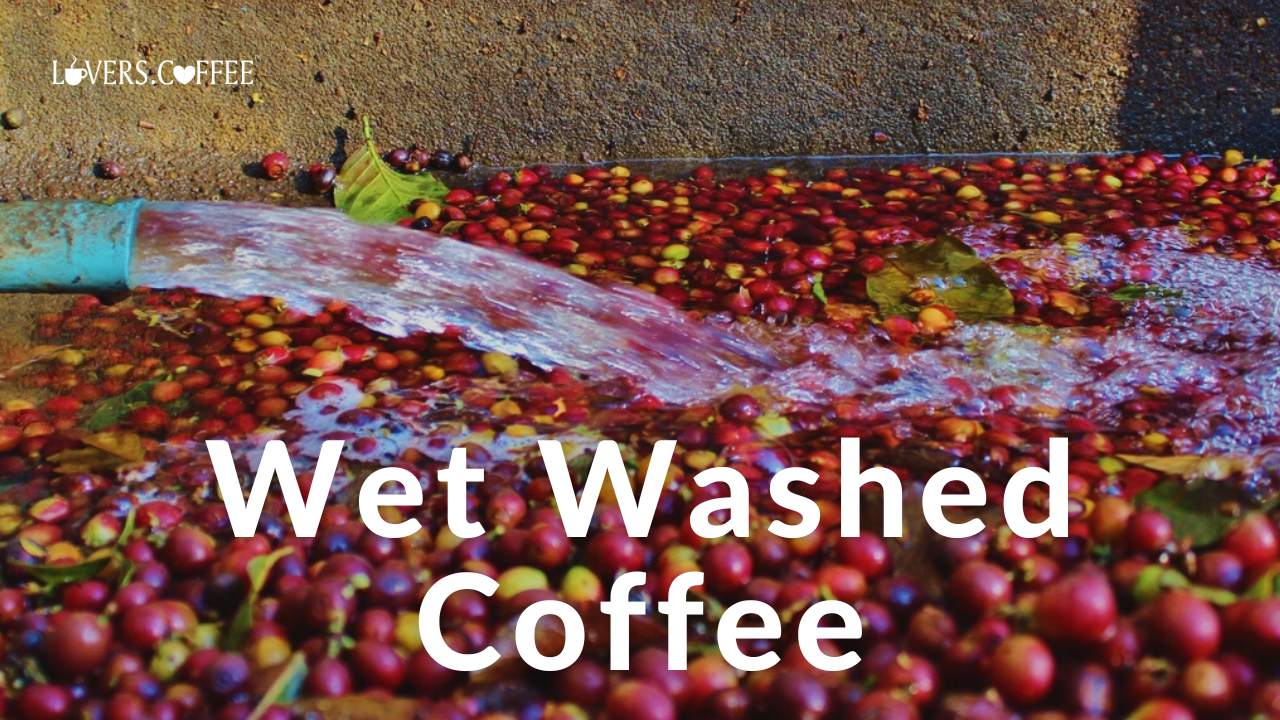
What is Wet-Washed Coffee?
What is Wet-Washed Coffee?
- Mo Bent
- 22-11-2022
- 29-07-2025
- 1125 views
- coffeepedia, Featured Articles

Wet-Washed Coffee: It takes plenty of hard work to make that cup of coffee you drink every morning. First, the coffee beans have to be picked from the coffee plant. Upon picking the coffee cherries, they remove the individual beans. For a bean to be considered processed, it has to be dried and roasted.
Wet washing coffee removes the sticky flesh from coffee beans. This is an essential step before roasting the beans and selling them to the customers.
What is Wet-Washed Coffee Process?
The process of making coffee involves several steps. Coffee cherries are put in a fermentation tank after harvesting. This is where the ripe berries sink, and the removal of unripe berries takes place.
The machine separates the beans after removing the flesh from the cherries. After completing this process, the beans go through the process of fermentation.
They wash the coffee after fermentation to remove any remaining waste before moving to the drying process. It is important to separate coffee beans after drying them in the sun for a couple of days.
Washing coffee beans in water is a crucial step in processing. But this process can use a lot of water, which raises environmental concerns.
Flavor Profile of Wet-Washed Coffee
People often refer to washed coffee as “clean.” Natural and honey processing, in particular, creates a different flavor profile than washed coffees in a way that allows the fruity notes found in the coffee to come through more clearly.
This is because mucilage – a sticky substance that surrounds coffee beans during processing – is left on the beans during washed processing. When the sugars in it ferment, it has an impact on the flavor and aroma of the coffee. But in this case, all of the mucilage has already been removed.
Washed coffees often taste more like the fruit of the coffee plant than other processing methods.
Wet-Washed Coffee – Step by Step
1. Sorting
During the coffee-harvesting season, specialty producers sift through the beans to remove any defective or unripe cherries.
2. Pulping
Next, the pulp or skin of the cherry must be removed. A machine called a depulper does this.
3. Fermentation
Next, it’s time to let the coffee beans ferment. Traditionally, the process of fermentation takes place in tanks.
4. Drying
The final stage of the process is drying, but producers still have to be careful. Drying is a high-risk operation in which the product is highly vulnerable to damage by microorganisms.
Conclusion
Washed coffees use a water-based method rather than an earth-based one for processing. Washed coffee beans tend to be cleaner and brighter in flavor, with a sparkling acidity or hints of sweetness and floral aromas.
Coffee roasters face the challenge of ensuring that washed processing isn’t just as clean for the environment as it is in the cup. However, new equipment and growing awareness of this issue show that washed processing today is not like it was ten years ago.






















